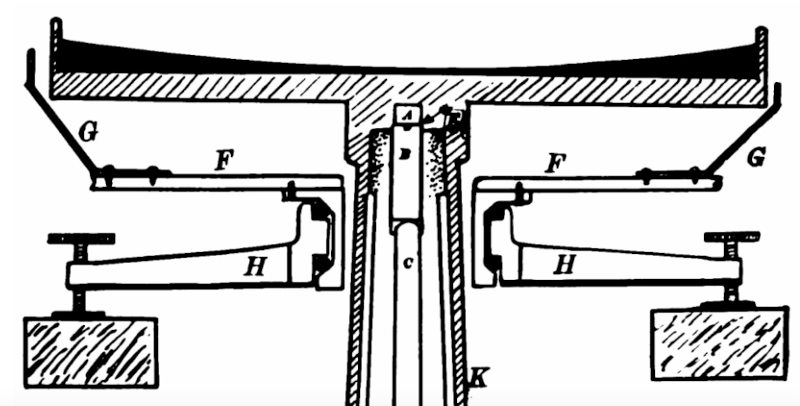
[Hank Green] posted an interesting video about the first liquid mirror telescope from back in the 1850s. At the time, scientists were not impressed. But, these days, people are revisiting the idea. The big problem with the early telescope is that it used mercury. Mercury is really bad for people and the environment.
The good thing about a liquid scope is that you can pretty easily make a large mirror. You just need a shallow pool of liquid and a way to spin it. However, there are downsides. You need to isolate the liquid from vibrations and dust. Another downside is that since gravity makes the shape of the mirror, these telescopes only go one way — straight up.
Modern liquid telescopes have high-tech ways to combat all of the problems except the straight-up view. While it can be expensive to safely handle a huge amount of mercury and isolate it from vibrations, it can still be less expensive than polishing mirrors of similar size. The 6-meter Large Zenith Telescope at the University of British Columbia, for example, claims to cost about 2% of what a similar instrument made with glass would cost. In addition to rotating to maintain their parabolic shape, Earth-bound liquid mirrors also rotate around the Earth’s axis, which causes the mirror to point ever so slightly off the point directly overhead, something that precise observations have to take into account.
The first actual practical liquid mirror telescope had a 50cm mirror. Modern examples are mostly in the 3-6 meter range. Gallium is another possible liquid, but that raises the cost significantly. In addition, research is underway to find safer liquids and solve the problems associated with tilting the mirror.
The classic way to make a mirror is to grind it from a glass blank. If you make your own telescope, you can play with the look of it in interesting ways.
0 Commentaires